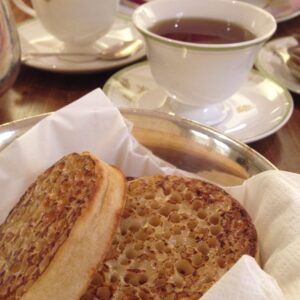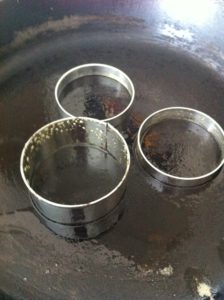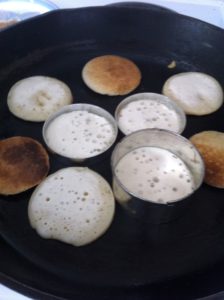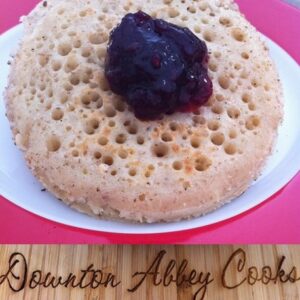 Tea and crumpets are a beloved British tradition that has been enjoyed for centuries. The exact origin of this combination is unclear, but it is believed that both tea and crumpets became popular in the UK during the 19th century.
Tea and crumpets are a beloved British tradition that has been enjoyed for centuries. The exact origin of this combination is unclear, but it is believed that both tea and crumpets became popular in the UK during the 19th century.
The joy of tea and crumpets lies in their comforting and nostalgic appeal. For many Britons, the ritual of brewing a pot of tea and enjoying it with a plate of warm, buttery crumpets brings back fond memories of childhood or family gatherings. The simple pleasure of dipping a crumpet into a hot cup of tea and savouring the flavours and textures is deeply ingrained in British culture.
Tea drinking has a long history in Britain and was first introduced in the 17th century. Initially, tea was a luxury item consumed only by the wealthy. However, by the 19th century, tea had become much more affordable and was a staple in most households.
Crumpets, conversely, are small, round, and fluffy bread cooked on a griddle. They are made from a batter of flour, yeast, sugar, and milk and are traditionally served warm with butter or jam. Crumpets also have a long history in Britain. They date back to the 1600s, starting as a thin flat pancake; the Victorians made the light version we know today, with bubbles perfect for holding butter and jam.
You may crumpets find them in the bakery section in your grocery. If you can’t find them, you can easily make your own on the griddle.
Delicious Crumpets
Equipment
Ingredients
- 3 2/3 cups all-purpose flour
- 1.5 tsp. baking powder
- 1 envelope active dry yeast (2 1/4 tsp.)
- 1/2 tsp. sugar
- 2 1/4 cups water lukewarm
- 3 1/2 tsp. coarse sea salt crushed or ground
- 1/2 tsp. baking soda
- 2/3 cup milk lukewarm
Instructions
Mix the Ingredients
- Sift together the flours and baking powder into a large bowl.
- Pour 3/4 cup of lukewarm water into a glass, sprinkle yeast over the water, add the sugar and let stand until foamy, 5 to 10 minutes.
- Stir in the remaining lukewarm water.
- Mix the yeast mixture into the flour to make a very thick, but smooth batter, beating vigorously with your hand or a wooden spoon for twominutes.
- Cover the bowl with plastic wrap and let stand in a warm spot until the batter rises and then falls, about 1hour.
- Add the salt and beat the batter for about 1 minute. Then cover the bowl and let stand in a warm spot for 15 to 20 minutes, so the batter can rest.
- Dissolve the baking soda in the lukewarm milk. Then gently stir it into the batter. The batter should not be too stiff or your crumpets will be “blind” — without holes — so it is best to test one before cooking the whole batch.
Cook your crumpets
- Heat a very clean griddle or frying pan over moderately low heat for about 3 minutes until very hot.
- Put a well-greased crumpet ring on the griddle to test your batter.

- Spoon or pour 1/3 cup of the batter into the ring. The amount of batter will depend on the size of your crumpet ring. The crumpet should be about 3/4 inch thick.
- As soon as the batter is poured into the ring, it should begin to form holes. If holes do not form, add a little more lukewarm water, a tablespoon at a time, to the batter in the bowl and try again.
- If the batter is too thin and runs out under the ring, gently work in a little more all-purpose flour and try again. Once the batter is the proper consistency, continue with the remaining batter, cooking the crumpets in batches, three or four at a time.As soon as the top surface is set and covered with holes, 7 to 8minutes, the crumpet is ready to flip over.

- To flip the crumpet, remove the ring with tongs, then turn the crumpet carefully with a spatula. The top, cooked side should be chestnut brown.
- Cook the second, holey side of the crumpet for 2 to 3minutes, or until pale golden.
- Remove the crumpet from the griddle. Be sure that the crumpet rings stay well oiled.
- Crumpets are best enjoyed toasted, with your favorite spread.
Notes
- crumpet rings about 3 1/2 inches diameter, greased. You can also use tuna cans, biscuit cutters which make portion controlled crumpets.


